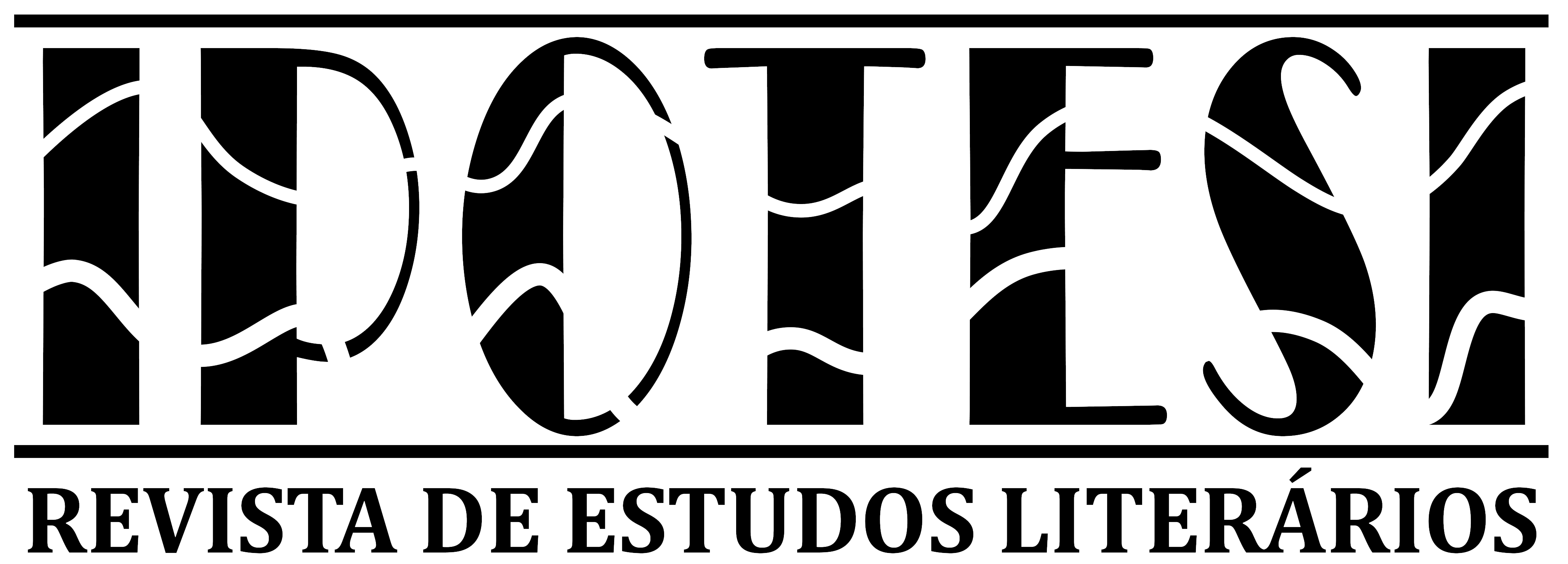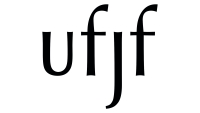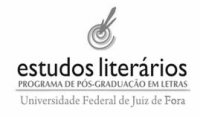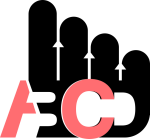O Anjo
DOI:
https://doi.org/10.34019/1982-0836.2023.v27.39923Resumo
O poema harmoniza as três diferentes ordens ou dimensões que envolvem as palavras: as sonoridades, os sentidos e as formas visuais produzidas pela escrita. Externamente, o contorno proporcionado pelos versos assume a forma estilizada de um anjo; mas a cabeça deste é também uma taça, e seu coração é um sol. Estes três elementos visuais dialogam com o conteúdo de sentidos trazidos peço poema, ao falar de um homem que ao beber sua taça de vinho em um bar transforma-se em um anjo à medida que se embriaga no decorrer da noite. Quando o sol ressurge e o bar se fecha, no entanto, o anjo retorna para casa e adormece - para finalmente constatar que as asas transformaram-se em uma ressaca e o reconverteram em um homem comum. Além dos jogos visuais e de sentidos, o autor lida com a sonoridade das palavras, desenvolvendo padrões de repetição nos finais dos versos - entre as segunda e terceira estrofes - e também rimas internas. A forma externa combina-se ao enredo poético, que vai da expansão (a transformação em anjo) à contração (o retorno ao humano).










